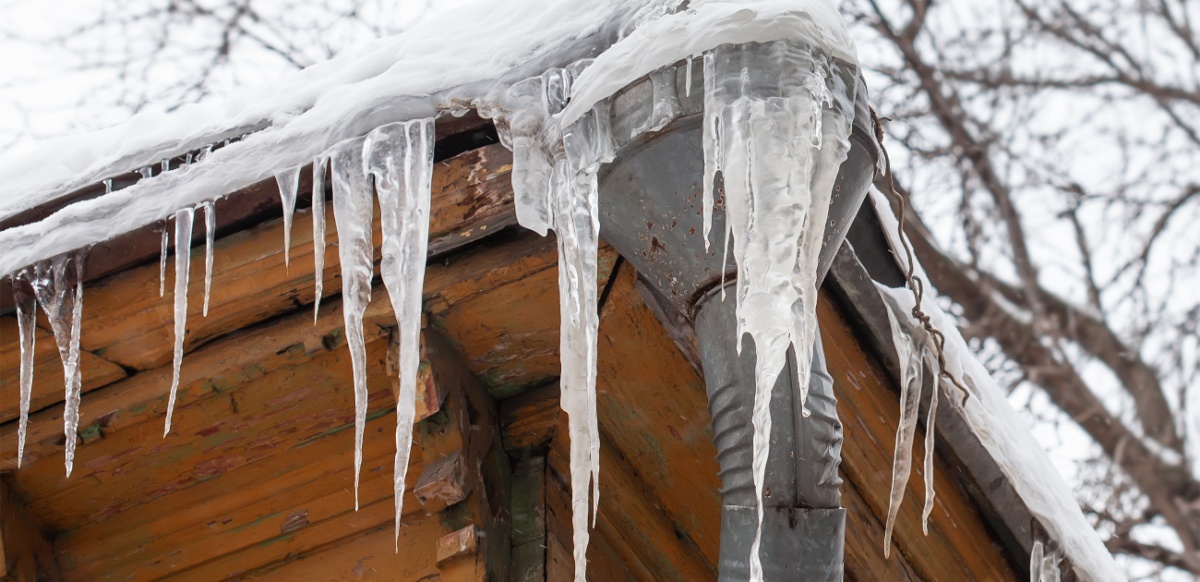Ways to Safeguard Your Plumbing from Freezing: Key Tips
Ways to Safeguard Your Plumbing from Freezing: Key Tips
Blog Article
The content on the next paragraphs on the subject of Helpful Tips to Prevent Frozen Pipes this Winter is absolutely compelling. Read on and make your own final thoughts.
:strip_icc()/snow-outdoor-faucet-pipes-4af65d1e5e904fb1aa7bf74071fe5d89.jpg)
Winter can wreak havoc on your pipes, especially by freezing pipelines. Here's just how to avoid it from happening and what to do if it does.
Intro
As temperatures decrease, the threat of frozen pipelines increases, possibly leading to expensive fixings and water damages. Understanding how to prevent icy pipelines is crucial for homeowners in cool climates.
Avoidance Tips
Shielding susceptible pipelines
Cover pipes in insulation sleeves or utilize warmth tape to protect them from freezing temperatures. Concentrate on pipelines in unheated or exterior areas of the home.
Heating strategies
Maintain indoor spaces effectively warmed, especially areas with plumbing. Open cabinet doors to enable warm air to distribute around pipes under sinks.
Exactly how to determine frozen pipes
Seek lowered water circulation from taps, unusual odors or noises from pipelines, and noticeable frost on subjected pipes.
Long-Term Solutions
Structural adjustments
Take into consideration rerouting pipes away from outside walls or unheated areas. Include additional insulation to attics, cellars, and crawl spaces.
Updating insulation
Invest in high-grade insulation for pipelines, attics, and walls. Correct insulation helps keep constant temperature levels and minimizes the risk of frozen pipelines.
Safeguarding Exterior Plumbing
Yard hoses and outdoor faucets
Separate and drain garden tubes before wintertime. Mount frost-proof spigots or cover outside taps with insulated caps.
Comprehending Frozen Pipes
What triggers pipelines to ice up?
Pipes freeze when exposed to temperature levels below 32 ° F (0 ° C) for expanded periods. As water inside the pipes freezes, it broadens, taxing the pipeline walls and potentially triggering them to rupture.
Dangers and problems
Icy pipelines can bring about water supply disruptions, residential property damage, and expensive repair work. Burst pipelines can flooding homes and trigger comprehensive structural damages.
Indicators of Frozen Water Lines
Determining frozen pipelines early can avoid them from bursting.
What to Do If Your Pipelines Freeze
Immediate activities to take
If you think icy pipelines, keep taps open to relieve stress as the ice thaws. Use a hairdryer or towels taken in warm water to thaw pipes gradually.
Conclusion
Protecting against frozen pipelines needs aggressive procedures and fast actions. By understanding the causes, indications, and safety nets, house owners can shield their plumbing throughout winter.
5 Ways to Prevent Frozen Pipes
Drain Outdoor Faucets and Disconnect Hoses
First, close the shut-off valve that controls the flow of water in the pipe to your outdoor faucet. Then, head outside to disconnect and drain your hose and open the outdoor faucet to allow the water to completely drain out of the line. Turn off the faucet when done. Finally, head back to the shut-off valve and drain the remaining water inside the pipe into a bucket or container. Additionally, if you have a home irrigation system, you should consider hiring an expert to clear the system of water each year.
Insulate Pipes
One of the best and most cost-effective methods for preventing frozen water pipes is to wrap your pipes with insulation. This is especially important for areas in your home that aren’t exposed to heat, such as an attic. We suggest using foam sleeves, which can typically be found at your local hardware store.
Keep Heat Running at 65
Your pipes are located inside your walls, and the temperature there is much colder than the rest of the house. To prevent your pipes from freezing, The Insurance Information Institute suggests that you keep your home heated to at least 65 degrees, even when traveling. You may want to invest in smart devices that can keep an eye on the temperature in your home while you’re away.
Leave Water Dripping
Moving water — even a small trickle — can prevent ice from forming inside your pipes. When freezing temps are imminent, start a drip of water from all faucets that serve exposed pipes. Leaving a few faucets running will also help relieve pressure inside the pipes and help prevent a rupture if the water inside freezes.
Open Cupboard Doors
Warm your kitchen and bathroom pipes by opening cupboards and vanities. You should also leave your interior doors ajar to help warm air circulate evenly throughout your home.

We were shown that editorial on How To Avoid Freezing Pipes from an associate on another web blog. For those who appreciated our page plz make sure you remember to pass it around. Thanks a bunch for your time. Please stop by our website back soon.
Schedule A Free Estimate Report this page